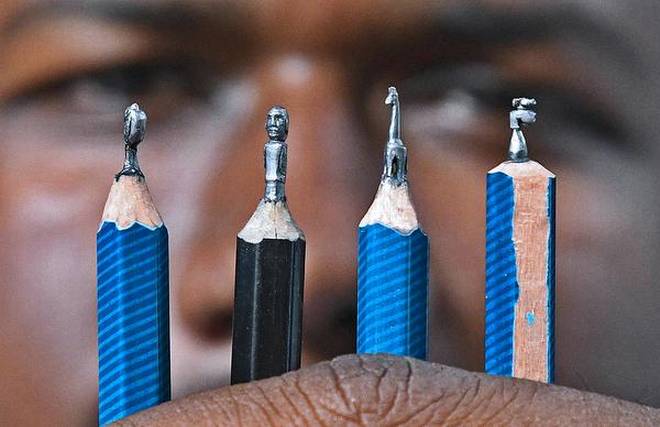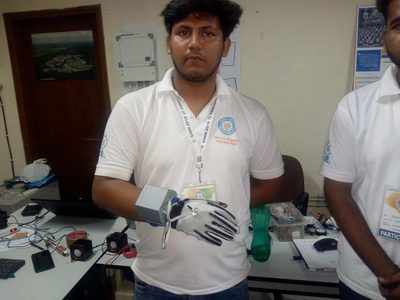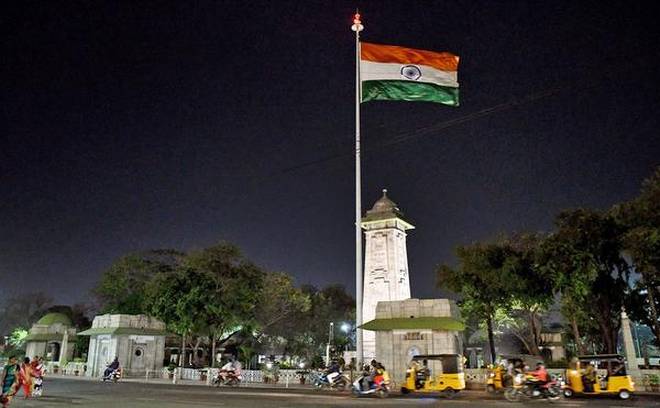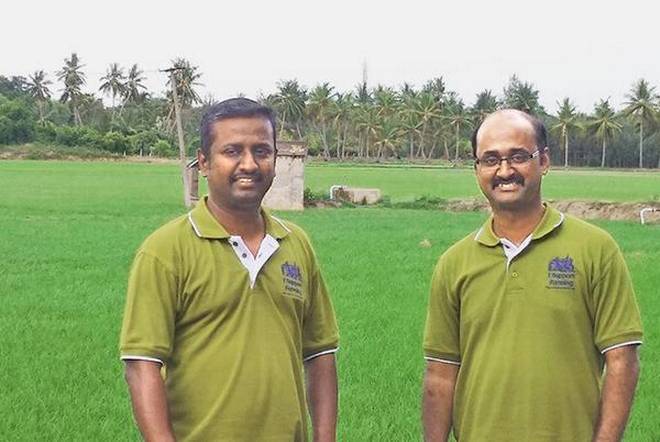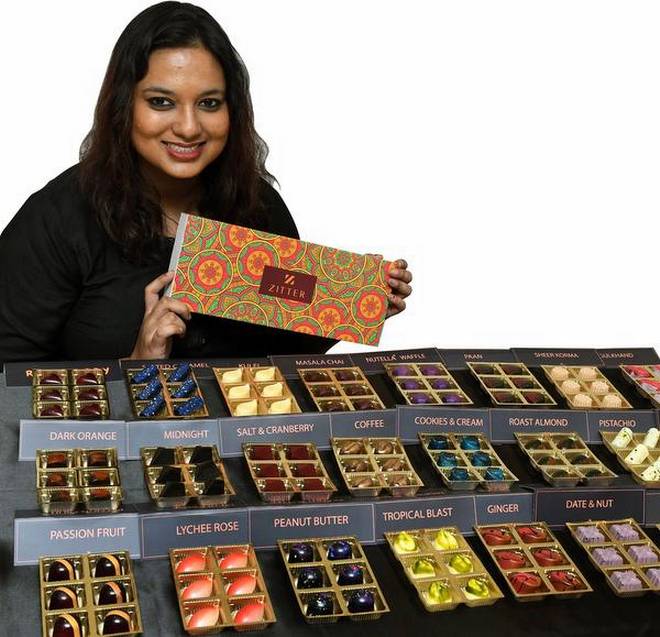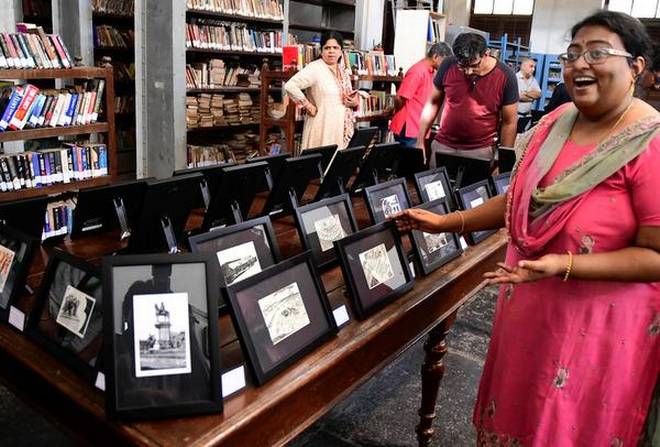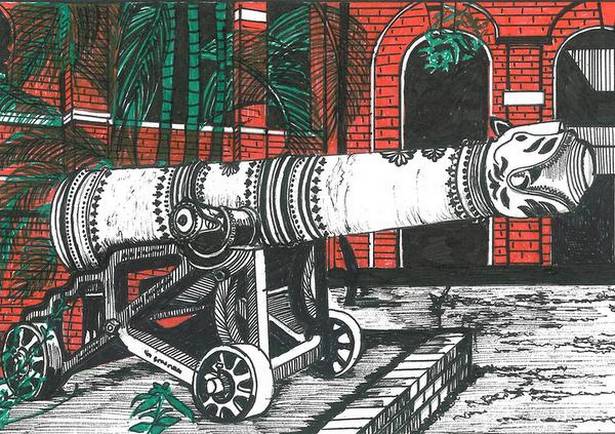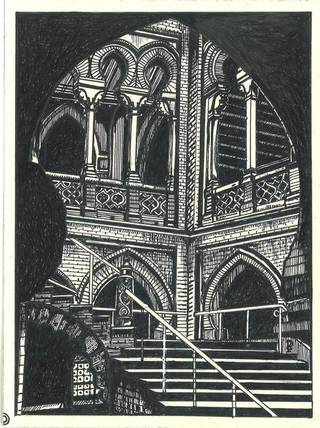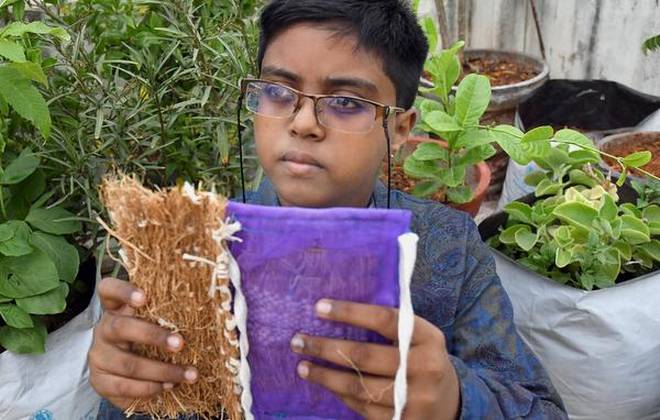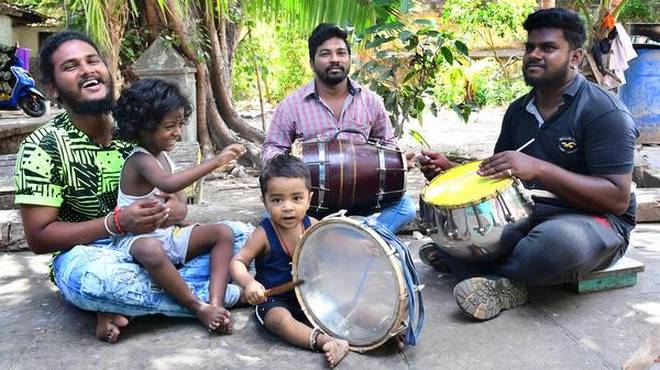
On World Music Day, we search for a legendary artiste’s house and find ourselves amidst an entire family of musicians who breathe and live music
Once upon a time, there lived a man called Gaana Palani. He lived in Pulianthope and loved his community more than himself. He hoped for true upliftment of his people through music. He revered BR Ambedkar, did not believe in caste-class segregation, so he sang about equality.
Many of us may not know him, but he is a legend in North Chennai, the hub of gaana music, where he performed for 30 years. Till he passed away a year ago, he would be taken on a horse around the locality, after which he would perform and people would burst crackers to welcome him.
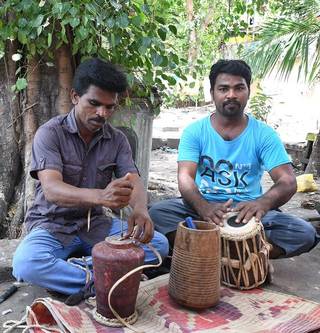
A search for his house in Pulianthope led us to his son, Gaana Ulagam Dharani. This young gaana singer took us through the narrow alleys of Dr Ansari Street in the area. Here Palani’s picture was pasted on the wall as a tribute.
Gaana is intrinsic to North Chennai’s music culture. Pulianthope, Vyasarpaadi, Purusaiwalkam and Kasimedu are neighbourhoods famous for this style of music. Share autos, lorries and tempos here play them almost like anthems everyday.
“Knock every door here, you will find a gaana artiste,” says the 22-year-old musician, who estimates that there are about 100 gaana artists performing in the area.
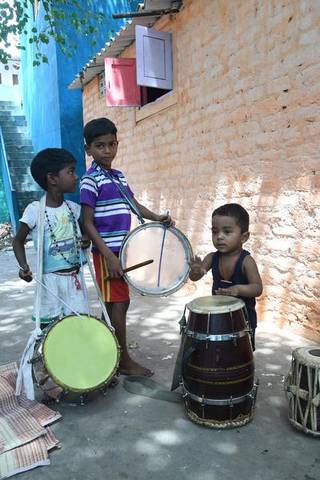
Everyone in Dharani’s family sings and plays an instrument; his cousin brothers, S Kumaravel and S Muthukumar, his uncle, K Swaminathan, trained by veteran musician, MS Viswanathan and his two-year-old nephew Mitran Kanish whose favourite pastime is twiddling with the drum sticks. They say gaana music has evolved to incorporate many instruments over the years — ranging from the simple harmonium to the advanced electronic guitar, keyboard, drums and pads.
A powerful voice
Dharani says his father used to sing through vintage microphones. He had a powerful voice, recalls Dharani, that sent waves of admiration through crowds. Once a journalist asked him if he earned any money through his music. He answered that he was singing for progress. “He would say, ‘Let my people grow first, then I will’. Father always used to tell us how you need to be political. But, that does not mean we have to enter politics. It can reflect in our music.” Palani wrote around 3,000 songs; on love, humour and caste inequality. Dharani recalls how he used to tag along with his father to many of his concerts. “He would always tell me, ‘When you sing you should feel like you are dying. You must sing with such earnestness’.”
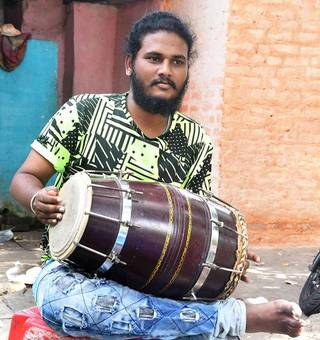
Dharani’s friend, Sarath Kumar, an expert in sattai, a traditional gaana percussion instrument, joins us. Kumar says he learnt the tricks from his uncle. Their jam sessions did not take place in a conventional room, but in a graveyard, says the musician, who has a penchant for dark humour. “And, once practice was over, I would join my friends on the other side of the cemetery to play football or cricket. We had so much fun. I have even spent many nights there. It is home for me.” It could be because of the notoriety of North Chennai (seen as an area high in crime) or gaana’s original association with death, but the music is not seen as respectable by much of Chennai.
However, of late, initiatives such as the Casteless Collective band featuring around 19 musicians including gaana artistes and film music composers are attempting to give the form the respect it deserves, says Dharani, who is also a member of the Collective. Recently, Dharani, along with his friends from the Collective performed at The Park hotel in an intimate talk show hosted by Stray Factory.
“But, despite all this, making daily ends meet is a struggle. I still perform at death and marriage functions. I earn around ₹3,000 per function. My family relies on me,” says Kumar.
He is also a percussion magician, who can juggle around 20 instruments including the udukku, base dhol, and side drums. “There is popularity to this art form, but no money to that measure.”
A knock on the door tells us that neighbours have arrived to listen to the daily family jam, a regular ritual every afternoon. We watch the brothers beat the sattai and parai with energy, with the neighbourhood kids scooting around the place brandishing tablas and parai drums. Dharani’s mother, P Rajeshwari, takes a break from her conversation with the neighbours to watch them, amused by the children’s antics. It looks as though the family’s worries have melted away as they surrender to their gaana beats.
source: http://www.thehindu.com / The Hindu / Home> Entertainment> Music / by Parshathy J. Nath / June 20th, 2018
